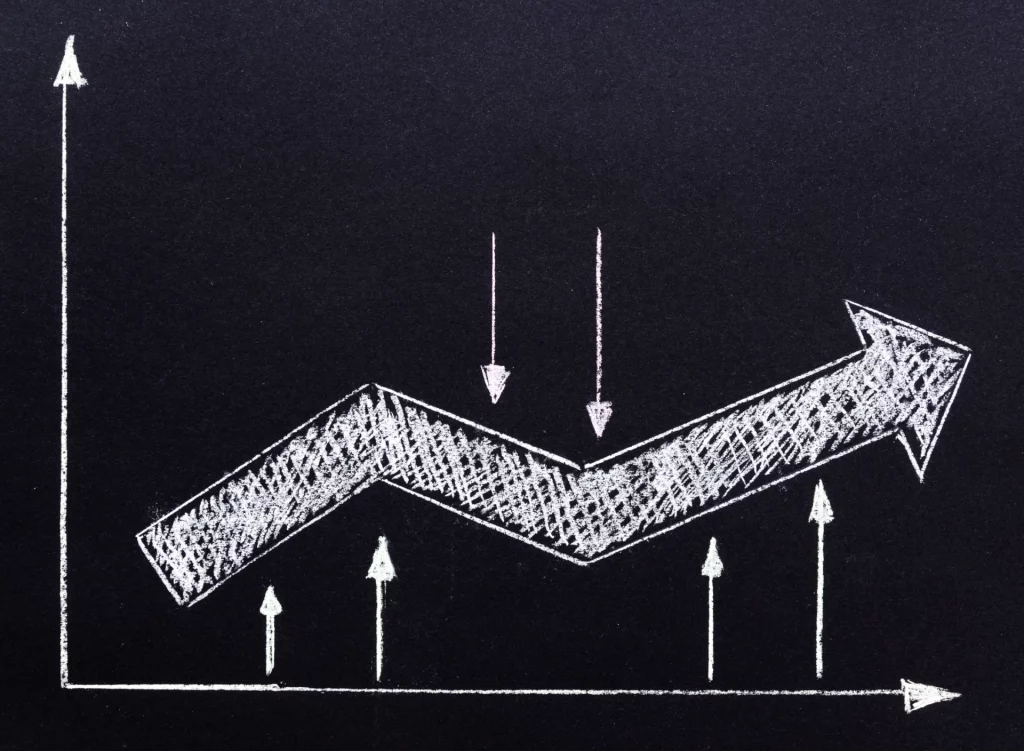In trading, recognizing key price levels is not just helpful, it is essential. Technical analysis offers tools to map out market behavior, and among the most widely used is the pivot point. This indicator helps traders understand potential support and resistance levels and offers a clear reference for short-term market sentiment.
Pivot points are used across asset classes and timeframes. Whether you are trading forex, stocks, or crypto, they provide a structured approach to decision-making.
This guide covers pivot points, how they work, and how they can be used effectively in a trading strategy.
What Is a Pivot Point
A pivot point is a price level calculated using the previous trading session’s high, low, and close. It acts as a reference to determine the market’s directional bias for the current session.
Formula:
Pivot Point (P) = (High + Low + Close) divided by 3
This value serves as a central point from which support and resistance levels are calculated.
How Pivot Points Work
From the pivot point, traders derive three support levels (S1, S2, S3) and three resistance levels (R1, R2, R3). These are used to anticipate potential areas where the price may pause, reverse, or accelerate.
A price trading above the pivot point often indicates bullish sentiment. A price below it suggests bearish sentiment. Traders use this to decide whether to look for buying or selling opportunities.
Types of Pivot Points
Standard Pivot Points
The most commonly used, based on the basic formula. Popular among day and swing traders.
Fibonacci Pivot Points
These use Fibonacci ratios to refine support and resistance levels. They are preferred by some traders for their alignment with natural price patterns.
Woodie’s Pivot Points
This variation gives more weight to the closing price, making it more responsive to recent activity.
Camarilla and Demark Pivot Points
These alternatives offer tighter or more customized levels and are used for intraday precision.
Each method has its own approach, but all aim to support structured trading based on recurring market behavior.
Why Pivot Points Matter
Pivot points help traders quickly assess market direction without relying on complex indicators. They provide clear price levels to build trade setups and manage risk.
They are also useful for identifying potential breakout or reversal zones. By marking where the price may react, pivot points help traders reduce uncertainty and act with more discipline.
Because they are calculated from previous price data, they are especially helpful in markets that lack strong trends or are moving sideways.
Using Pivot Points in Practice
Trade Setup
A trader may look to buy near S1 if the price is trending upward or sell near R1 in a downtrend. Stop-loss orders are often placed just beyond the next level, and profit targets can align with the next pivot level.
Combining Indicators
Using pivot points together with tools like RSI, MACD, or moving averages can improve accuracy. Confirmation from candlestick patterns or volume adds further strength to the setup.
Applicable Markets
Pivot points are used in forex, equities, crypto, and commodities. They are effective in both high-volume and retail-dominated markets.
Strengths and Limitations
Strengths
- Simple to calculate and interpret
- Helps traders maintain a structured approach
- Supports both trend and range strategies
Limitations
- Less effective in highly volatile or news-driven sessions
- Should be used with other indicators, not alone
Example Application
Assume yesterday’s high was 120, the low was 110, and the close was 115. The pivot point would be (120 + 110 + 115) divided by 3, which is 115.
If the market opens and trades above this level, it may indicate bullish momentum. A trader could enter near the pivot or S1 and aim for R1 or R2, adjusting stops according to risk tolerance. Watching how the price reacts at each level provides key signals for managing the trade.
Pivot points are a straightforward but powerful tool for traders. They offer a reliable framework to identify potential turning points, manage risk, and stay grounded in data. By incorporating them into a broader trading strategy, traders can improve consistency and avoid decisions based on emotion or guesswork.
Used well, pivot points help create a disciplined and adaptable trading process.
